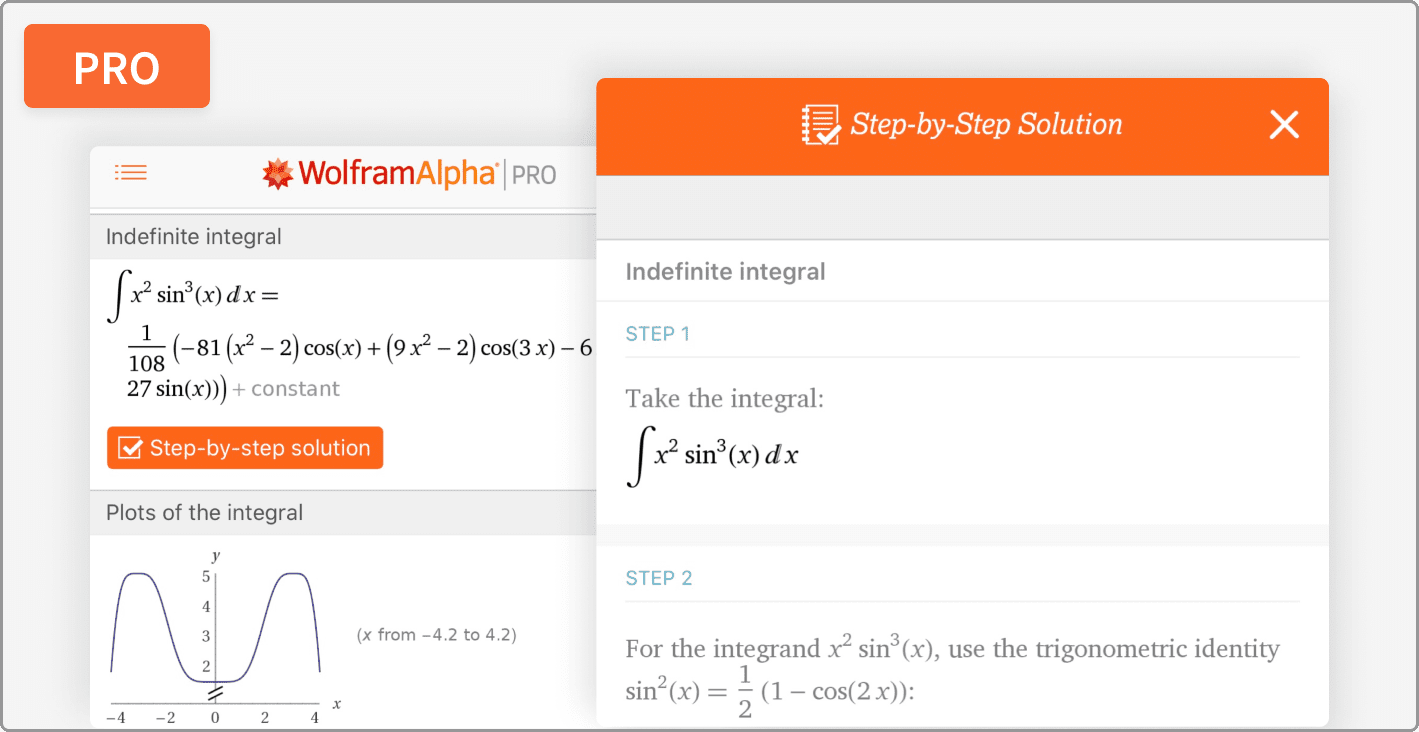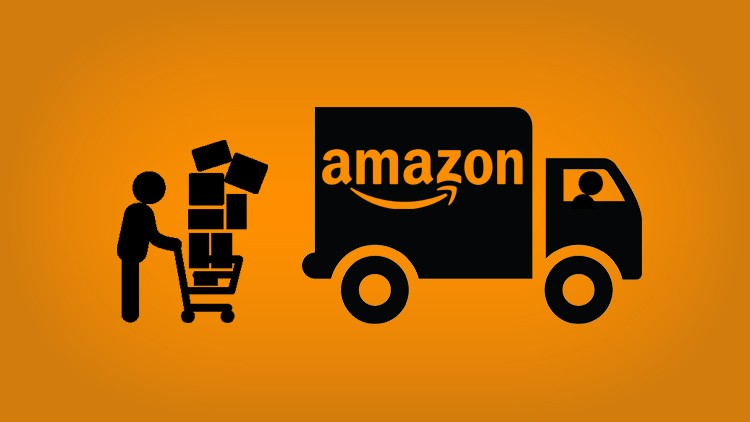In today’s fast-paced world, technology has become an integral part of every aspect of our lives—especially in the realm of homeownership. Over the past decade, homeowners have gained access to an array of smart devices, innovative solutions, and automation systems that have fundamentally changed the way we live in and maintain our homes. From energy efficiency to home maintenance, the technology of today is enhancing the comfort, convenience, and safety of modern living spaces. As we look to the future, it’s clear that the homeowning experience is more connected, efficient, and smarter than ever before.

Smart Home Devices: Efficiency and Control at Your Fingertips
One of the most significant shifts in recent years has been the rise of smart home devices. These innovative tools allow homeowners to control various aspects of their homes from their smartphones or voice-controlled assistants, making day-to-day tasks more convenient and efficient. Thermostats, lights, security cameras, and appliances are now all interconnected, allowing homeowners to manage everything with ease.
Take, for example, smart thermostats. These devices learn the homeowner’s schedule and preferences, adjusting temperatures based on patterns, which helps optimize energy usage. As a result, many homeowners are able to significantly lower their utility bills. In fact, according to Nerd Wallet, the average monthly electric bill in the United States was about $137 in 2023. Smart thermostats, such as the popular Nest or Ecobee models, can help reduce heating and cooling costs by up to 10-15% annually, making them a valuable tool in promoting both sustainability and savings.
Additionally, smart lighting systems have become a standard feature in many homes. With the ability to adjust lighting remotely or via voice commands, homeowners can create mood lighting, enhance security, and even save energy by ensuring lights are off when not needed. These systems can also be programmed to respond to daily routines, further streamlining household tasks.
Home Maintenance Technology: Preventing Damage Before It Happens
While smart home systems improve daily life, technology also plays a critical role in preventing costly damage to a home. One area where technological advancements are making a significant impact is in mold detection and moisture control. Mold can grow quickly in homes, and once it takes root, it can be expensive and difficult to remove.
According to Mold Inspection and Testing, it only takes 24 to 48 hours for mold to begin growing in a moist environment, such as in carpets or on walls. By using smart moisture sensors and home monitoring systems, homeowners can stay ahead of potential mold growth by detecting excess humidity before it becomes a serious problem. These devices can alert users to dangerous moisture levels, enabling them to take action before mold sets in, saving both time and money on future remediation efforts.
In addition to moisture monitoring, other home maintenance technologies, such as smart smoke detectors, carbon monoxide detectors, and leak detection systems, provide homeowners with peace of mind. These devices automatically alert homeowners to potential hazards, ensuring that their homes are safe and well-maintained.
Water Softening Systems: Improving Water Quality and Comfort
Another area of technological advancement that has made a noticeable difference in the homeowning experience is water quality. Hard water, which contains high levels of minerals like calcium and magnesium, can cause a variety of issues for homeowners. From unsightly stains on faucets and showerheads to the build-up of scale in appliances, hard water can affect both the aesthetic and functionality of a home.
To combat this issue, many homeowners are investing in water softening systems. These devices work by removing minerals from the water, resulting in softer, cleaner water that’s gentler on skin and clothes. However, the installation of a water softening system comes at a cost. According to Architectural Digest, it can cost an average of $2,600 to install a water softening system, which includes both the device and installation fees. Despite the upfront cost, many homeowners find the long-term benefits—including extended appliance lifespan and reduced cleaning time—worth the investment.
Conclusion
Technology has undeniably transformed the homeowning experience, offering homeowners greater convenience, energy efficiency, and control. From smart devices that help lower utility bills to systems that prevent costly mold damage and improve water quality, technology has made homeownership more manageable and efficient than ever before. As technology continues to advance, we can expect even more innovations that will further improve the way we live in and maintain our homes. Whether it’s reducing environmental impact, enhancing comfort, or safeguarding against potential hazards, the future of homeownership is undoubtedly smart, connected, and more sustainable.







